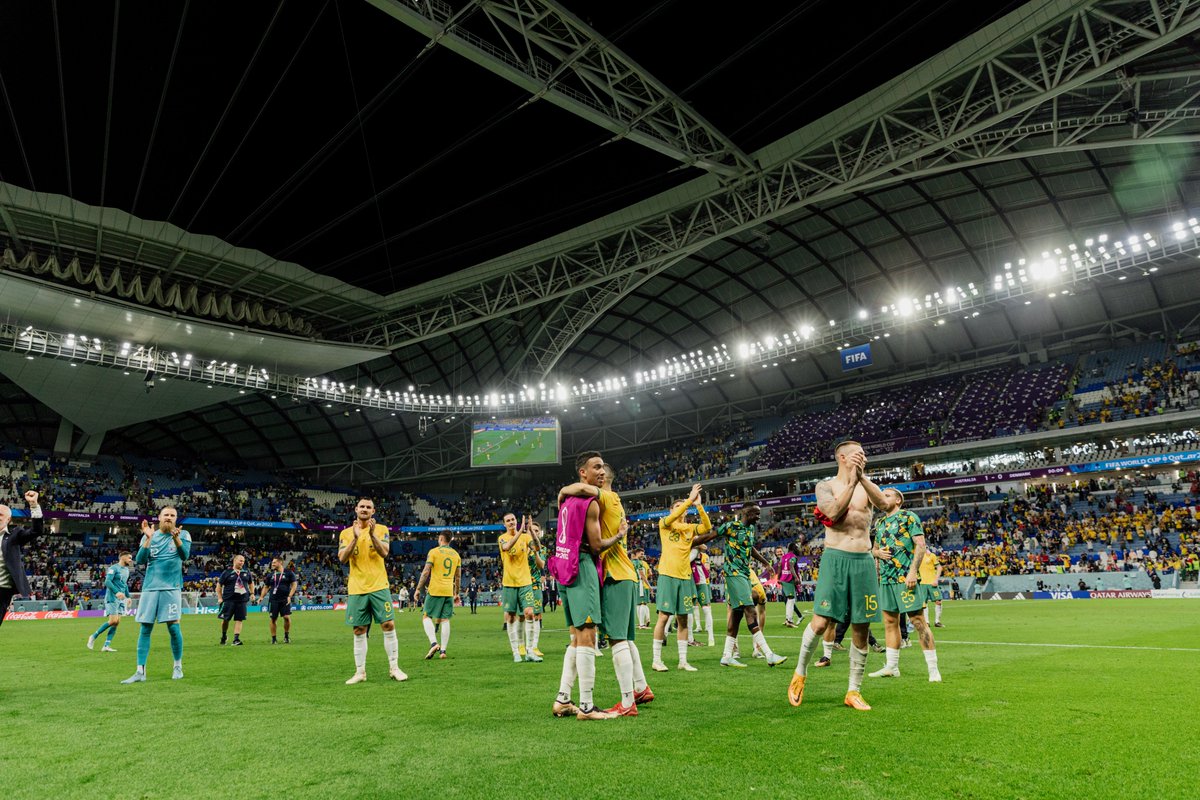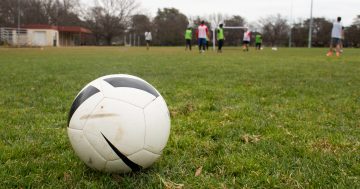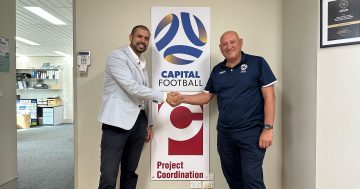
The Socceroos’ success against Denmark has Ross Solly inspired. Photo: Socceroos Twitter.
Okay, I will admit it – I didn’t think our Socceroos had it in them.
I was sceptical before the football World Cup started in Qatar, and then even more so after they were mercilessly flogged by the French in their opening game.
But on the weekend something clicked, and suddenly people started to take notice. Sure, a 1-0 win over Tunisia was not a stunning upset, or a signal the Socceroos were back, but what the Australian team showed was they could play decent, attacking football.
The game against Denmark was a revelation. The Danes are one of Europe’s most consistent performers. While many of the experts were claiming Australia could win, generally it was wishful thinking.
But they did it – and in style. Rather than shut up shop and play for a draw, which could have been enough if France beat Tunisia, Graham Arnold’s team played attacking, exciting football. (It was just as well, as the Tunisians managed to upset an understrength France 1-0, meaning Australia had to win to progress).
Many years ago I wrote a book about the dark days of Australian soccer, when nepotism, corruption and incompetence dragged the Socceroos into international football’s cellar. At the time, the Howard government brought in billionaire and soccer tragic Frank Lowy to try to turn the game around.
At the time, Australia had only once before qualified for the FIFA World Cup – in 1974. In the post-Lowy era, the Socceroos have qualified for every World Cup from 2006 through to now. This year is their sixth appearance.
(It should also be pointed out that the FIFA World Cup now involves more teams, and Australia’s path to the biggest single sporting event in the world is much simpler than it once was.)
When I first came to Canberra, in 1997, one of the first sporting events I went to was a soccer match involving the Canberra Cosmos. I can’t remember whether they won, or who they played, but I do remember the crowd was very small.
Sadly, the Cosmos only lasted a couple more years. Since then, despite lots of promises and false hope, we have not been back at the top level of Australian men’s football.
The latest glimmer of hope came just last month, when new Capital Football chief executive Ivan Slavich proclaimed, “there is no question it will happen”. He has made it clear a new Civic Stadium would help the cause significantly.
Slavich has been involved in unsuccessful bids to get Canberra readmitted in the past, but he is a strong believer the landscape has changed enough in recent times to make it much more likely the national competition will soon have a team from the national capital.
The performance of the Socceroos in Qatar won’t hurt. Despite the dreadful hours (the Denmark match kicked off at 2 am), soccer has made its way to the front page of the newspapers and led the TV news bulletins. The timing is perfect for Slavich and his team to light a fire under the bellies of Australian soccer administrators.
Of course, our women’s team has been going great guns in the A-League Women, winning titles and doing our city proud. Canberra United was one of the W-League’s founding members in 2008, and has proven Canberrans do love their round-ball game.
Canberra United is the only team in the national league to have a women’s team but no equivalent men’s team. Let’s hope that changes soon.





















